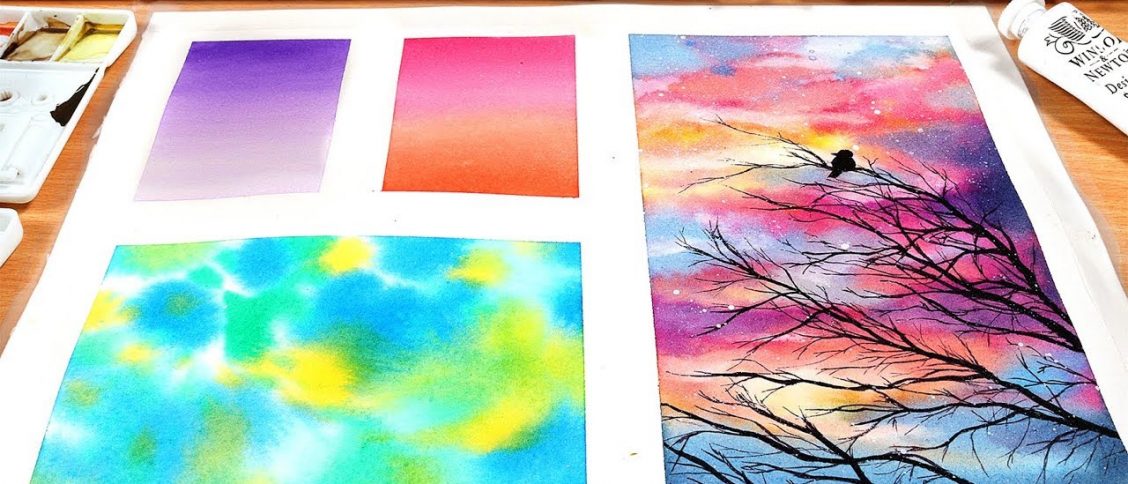Art is catharsis for soul. Some people take it as a medium of expression and some take it as source of entertainment. Watercolour painting provides a simple yet beautiful gateway for the manifestation of our thoughts. Correspondingly, it gives utmost pleasure to the painter who plays with colours. Vincent Van Gogh says, “I dream my painting and I paint my dream”. Something about this quote makes us think about our fantasies which are locked in our minds. So here is my advice for the beginners, grasp those brushes to pour your heart on the canvases. It may seem difficult at first, but practice is the only key to success.
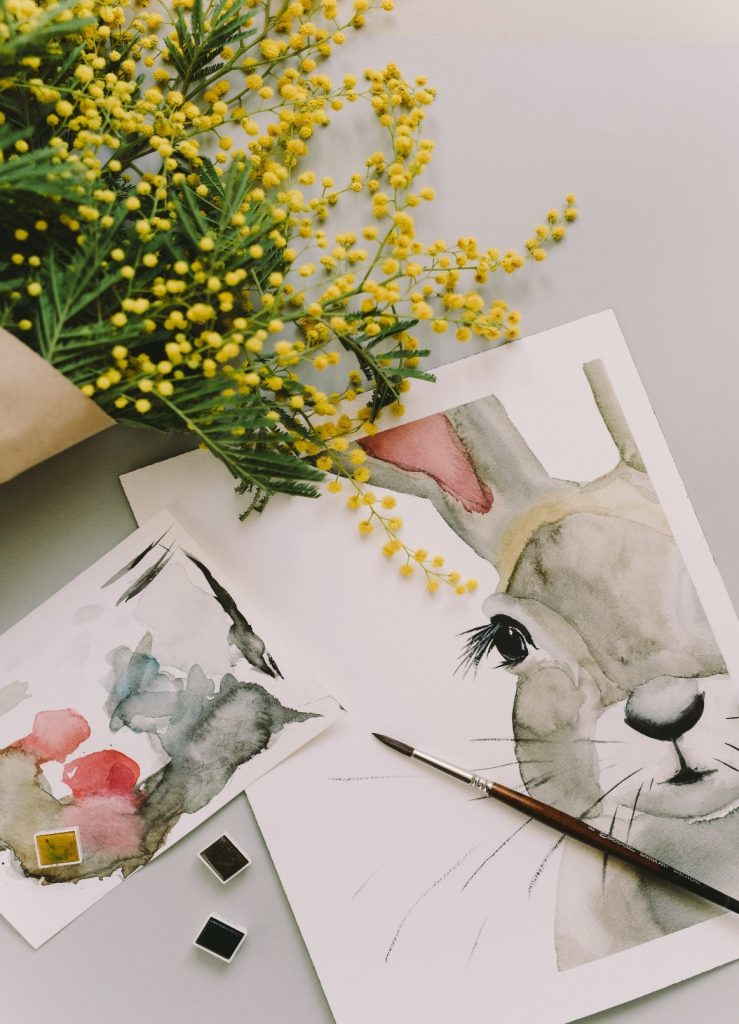
Here you will find a complete guide on how to get started with watercolour painting. If you are new to this medium of art, you will find easy to understand methods and techniques.
What are Watercolour paints?
Watercolour paints are also known as aquarelle. As the name suggests, the paints are made up of pigments suspended in water. It gives a rare quality to these paints which is its transparency. It is uniquely amazing how this medium of art was famous in Renaissance period. Watercolours were previously used for illustrating manuscripts and landscapes. This water-based solution was not famous as other painting mediums such as acrylics. However, it has gradually gained popularity. Now, you will find travel journals, on famous social media applications, which integrate writing and watercolour paintings.
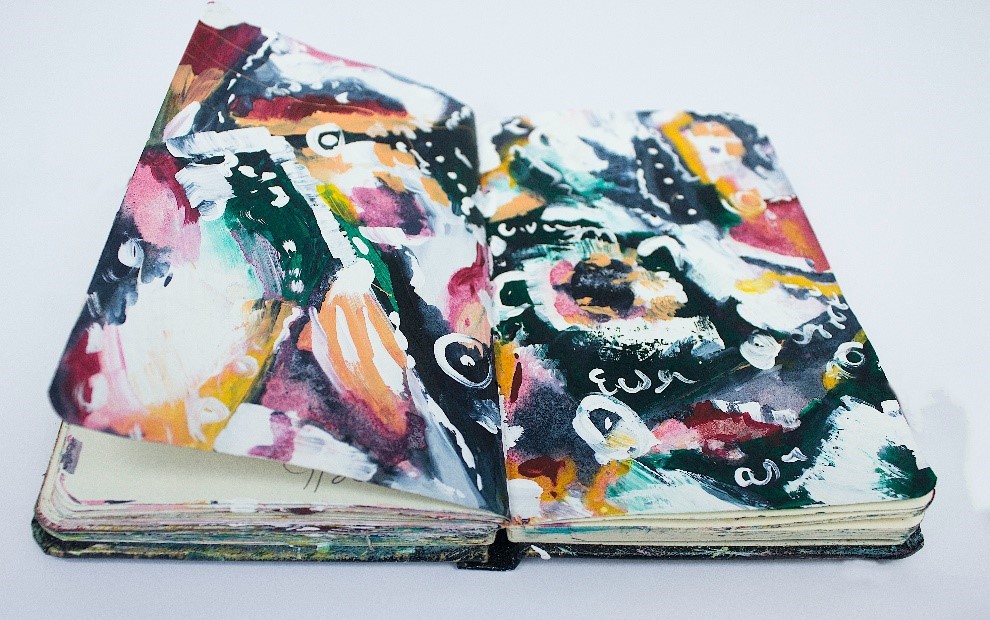
What materials are needed for Watercolour Painting?
Let’s not overburden ourselves with expensive tools, paints and papers. For the starters, use medium quality paints which are readily available in every art shop. Buy colour palette which includes basic colours such as Red, Ultra-pink, Pthalo blue, Black and Goldenrod yellow. The secret lies in mixing these colours and creating different shades out of them. You don’t need to buy bigger palettes. As a beginner, you have to learn the basics and then move towards the comprehensive details of the paintings. Importantly, keep yourself updated about the latest brands which provide quality products.
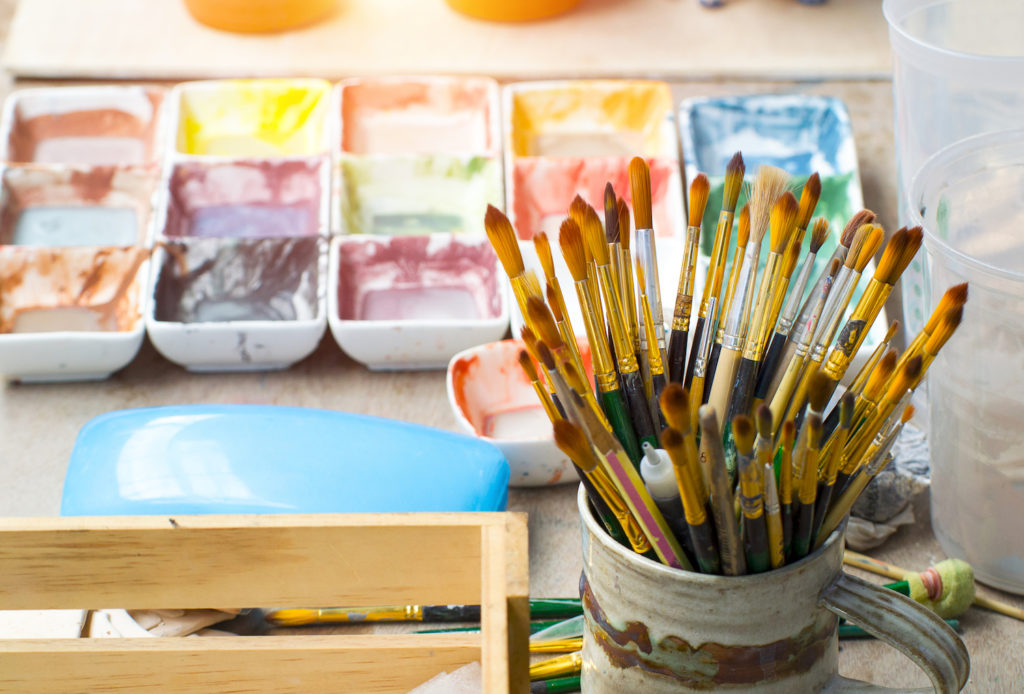
Secondly for the tools, take only three round brushes which are small, medium and large. So, it is easier to choose a brush without confusing ourselves with various brush types available at our disposal. Thirdly, as it is a water-based painting, try to buy a mixing palette which has various smaller compartments. It will provide you different sections to mix different colours without making a mess. Lastly, people get confused about the medium used for watercolours. It is to be noted, we don’t need canvases for these paints. Special watercolour papers made up of cotton or wood-pulp are used. These are readily available in the market with different sizes and grammage.
Step by step process for watercolour painting
Watercolour painting is done in successions. While painting landscapes, usually painters apply one layer of paint, wait for it to dry and then apply next. It requires patience and care on painter’s part. There are two techniques which are famous in the arena of watercolours. First is wet-on-wet technique and the second is wet-on-dry technique. The wet-on-wet method is like playing with colours to make unpredictable impressions on the paper. You will place the pigment on paper and see how it reacts to water. On the other hand, wet-on-dry method draws sharp and eloquent strokes on the sheet. You must keep in mind that consistent practice will help you achieve mastery. So I will recommend, after you read this article, get up and start painting!
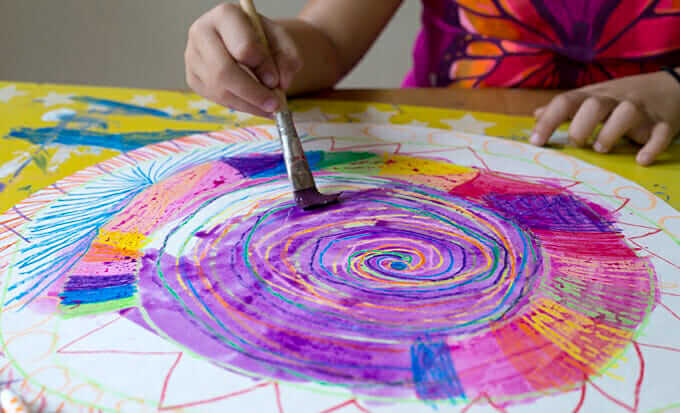
For wet-on-wet technique follow the succeeding steps:
- Take a nicely wet paint brush and cover sheet with water. Make a circle, square or a rectangle to experiment with this technique. Do not use too much water!
- Afterwards, take a pinch of moist paint with the help of a brush and slide it through the sheet.
- You can slide the brush across the sheet dab, or make linear patterns using small size paint brush.
- This technique will help you understand the approximate amount of water needed for perfect strokes and impressions.
For wet-on-dry technique consider the following steps:
- Unlike wet-on-wet method, this process makes use of moist paints on dry sheet.
- Take a dry sheet and moist colour pigment of your choice.
- Paint petals, shapes and patterns.
- Noticeably, the transparency of the colours will depend on the amount of water. The greater extent of water will give you translucent shapes. Meanwhile, less water will produce more well-defined outlook of the painting.
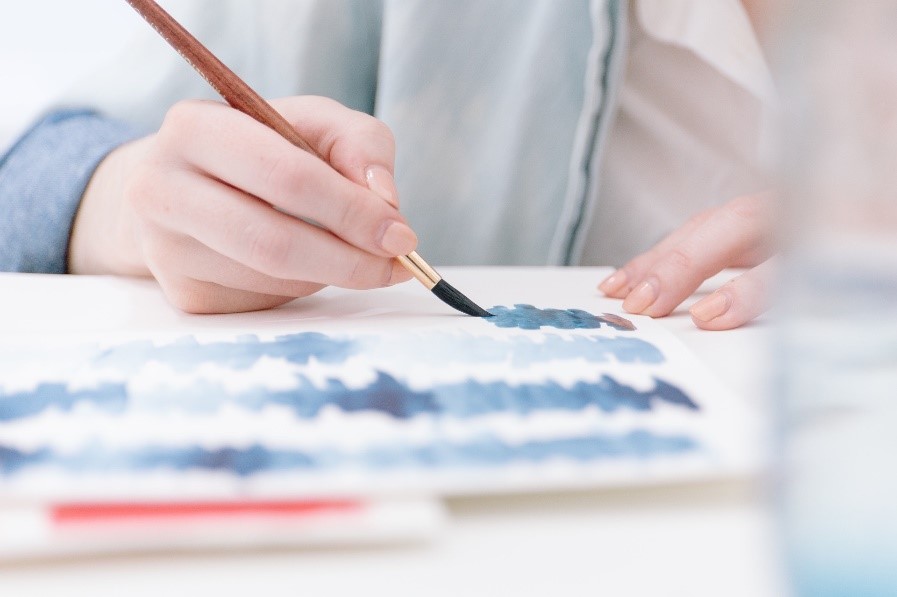
Problems you might face as a Beginner
If you are fond of artifacts which reflect diligence and elegance, watercolors are your thing. Here are some answers to your problems:
- Don’t panic, when the colours start spreading horrendously all over the sheet. Either you have used generous amount of water or the quality of the paper is not up to the mark. Keep a tissue or a tiny towel to absorb unwanted paint spread and to dry off water.
- Talking about landscapes, we mistakenly use darker tones first and then find it difficult to leave white spaces. Specialist Tip: use lighter tones first as the foreground of a scenery. Afterwards, use darker tones.
- You might observe that sometimes pigments don’t manifest their original colours on the paper. It is because either you are not using clean brush or water. You can keep two water jars; one for darker tones and other for lighter ones.
- Lastly, you should not get worried if a painting does not turn out good. Take it as a fun activity and play with colours.
Paintings resonate artists’ thinking and mindset. It acts as a therapy for people who have difficulty with words. In my opinion, art shouldn’t be taken as a restricted product which abide certain rules to be followed. If you are a beginner, don’t be afraid of the failure or a bad stroke. Just keep expressing yourself with colours and paints. Happy painting!

